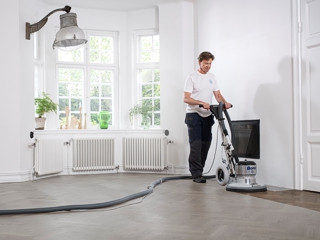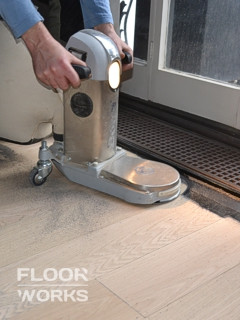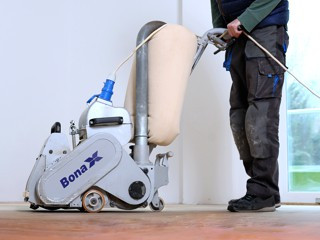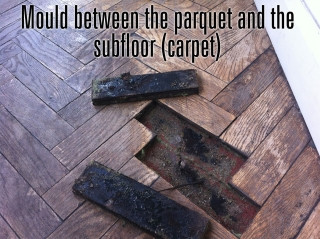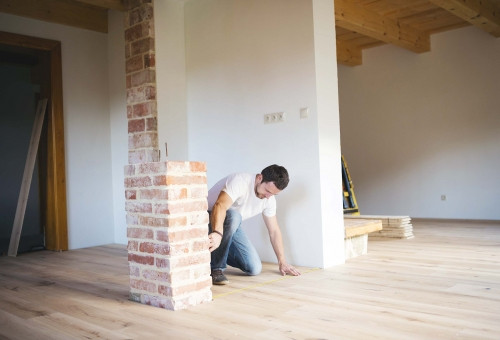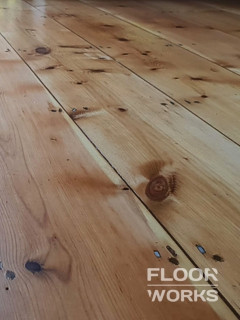Floor sanding & buffing is the most effective cure for surface damages
Floor Sanding Is The Most Effective Solution For Surface Damages
Nothing lasts forever and floors of any kind are no exception to this rule. There are tonnes of potential issues which can trouble our hardwood floor. Taking the right measures at the correct time can it help it stay healthy and attractive for much longer.
About floor finishing products
Hardwood flooring embodies prestige, style, durability, and beauty. All of this is reflected in the price we pay to have the very best. As such, we must ensure that our floor looks flawless and unblemished. One of the main contributing factors to this is the type of finish because it determines the level of protection the wood receives.
The two most popular modern types of finish are oils and lacquers. Lacquers provide maximum surface protection and the vast majority of them contain polyurethane. There are also the penetrating oils and waxes which offer significantly less surface shielding while soaking into the wood and protecting it on the inside. The effect different sources of damage have on your floor is largely decided by the type and strength of your finish.
Types of surface damage

Scratches. Scratches are the common issue you can have. Lacquers are particularly susceptible to this. If the scratch is very shallow and has not managed to penetrate the coating, you shouldn’t be worried for now. There is always the possibility to simply polish your floor if you want nothing but perfection. If the bare wood is exposed, though, the best you can do is to first clean the place (without water), buff it with a steel wool and re-apply the finish.
Food Spills. You’d think this can only happen in the kitchen but this can occur almost everywhere. Wiping with a dry cloth immediately should remedy the problem. If there are any leftovers drying on the surface, rubbing with a damp cloth may do the trick. As long as your floor is covered with a fine polyurethane lacquer, you should be protected. Liquid n spills are the ones presenting more serious threat since they can soak into the wood itself. Cleaning any kind of spills as fast as possible is vital!

Pet Accidents. These are tough to deal with. If the body liquid has managed to penetrate deep enough, you’ll have a hard time removing this even by floor sanding service. Hand bleaching and sanding combined with certain stains may at least help make the damaged spot less noticeable.
Burns. Not as common, but can happen near a fireplace or in the kitchen. Surface burns can be easily buffed and quickly refinished. Bigger, more serious burns, must be cut with a sharp object like a knife and sanded, then treated with wood putty, a substance used to fill floor imperfections. Naturally, the only thing left to do is to refinish and give the patch some time to dry.
Dents. This one is usually a result of dropping heavy objects on the floor. You can hand-scrape the finish, cover the dent with a damp towel and put an iron above for a period of three to five minutes. The wet towel will create steam which will seep into the wood and force it to expand. This effect can be used to fill the dent but you have to be careful not to overdo it and ruin the finish.
Mould. Mildew really likes damp places. It can grow under a carpet, potted plants, near walls lacking proper insulation and most of all - in basements. Generally, the mould shouldn’t be an issue as long as your floor has been properly sealed. You can wipe it from a lacquered surface with a soap and small amount of water without any problem. If your finish has been penetrated and the bare wood is affected, you should buff, clean the debris and refinish.

As you can see, the majority of the solutions offered include buffing or floor sanding to remove the surface and applying a new protective coating. Contrary to popular opinion, you don’t have sand your floor every time you can, because by stripping its surface too often, you come to a point where sanding is no longer possible (surface is too thin). It’s nice to refresh your floor from time to time, just don’t overdo it and sand every few months, as some attempt to do.
